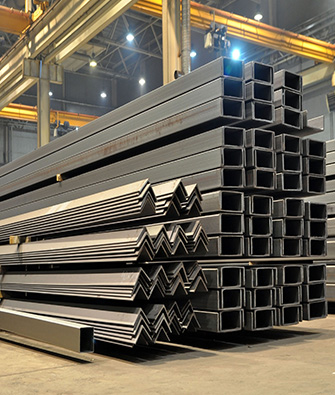Common Problems With Seamless Pipes And How To Fix Them

Seamless pipes are renowned for their strength and reliability, making them essential in various industries. However, like any material, they can encounter issues that may affect their performance. Understanding these common problems and their solutions can help businesses maintain their piping systems effectively. Many organizations turn to trusted seamless pipe suppliers in Dubai to ensure they receive high-quality materials that minimize the risk of such issues.
Corrosion:
One of the most prevalent issues with seamless pipes is corrosion, which can occur due to exposure to harsh chemicals, moisture, or environmental conditions. Corrosion weakens the pipe material, leading to leaks or structural failure. To combat this problem, regular inspections should be conducted to identify early signs of corrosion. If detected, immediate action should be taken, such as applying protective coatings or replacing affected sections of the pipe. Additionally, using corrosion-resistant materials can significantly reduce the likelihood of this issue.
Cracks and fractures:
Cracks and fractures can develop in seamless pipes due to various factors, including extreme temperature fluctuations, improper handling, or material defects. These issues can lead to leaks, compromising the system’s integrity. To prevent cracks, it is important to follow proper installation and handling procedures. If cracks are found, the affected sections should be replaced quickly to avoid further damage. Employing stress analysis during the design phase can also help mitigate this risk.
Welding defects:
While seamless pipes do not have welds, issues can still arise when connecting them to welded components. Poor welding techniques or incompatible materials can lead to weak joints that are susceptible to failure. To address this, ensure that all welding work is performed by skilled professionals who follow industry standards. Regularly inspecting welded joints can help identify any defects early, allowing for timely repairs or replacements.
Blockages and buildups:
Blockages and buildups can occur within seamless pipes, particularly when transporting fluids with high sediment content. These obstructions can impede flow and cause pressure build-up, leading to ruptures. To mitigate this, regular maintenance and cleaning of the pipes are essential. Implementing filtration systems at the entry points can also help reduce the amount of sediment entering the pipes, thereby minimizing the risk of blockages.
Pressure loss:
Pressure loss can result from various issues, including leaks, blockages, or incorrect pipe sizing. Identifying the root cause is essential for effective resolution. Conducting regular pressure tests can help monitor the system’s performance, allowing for timely maintenance. If leaks are detected, immediate repairs or replacements should be made to restore proper function.